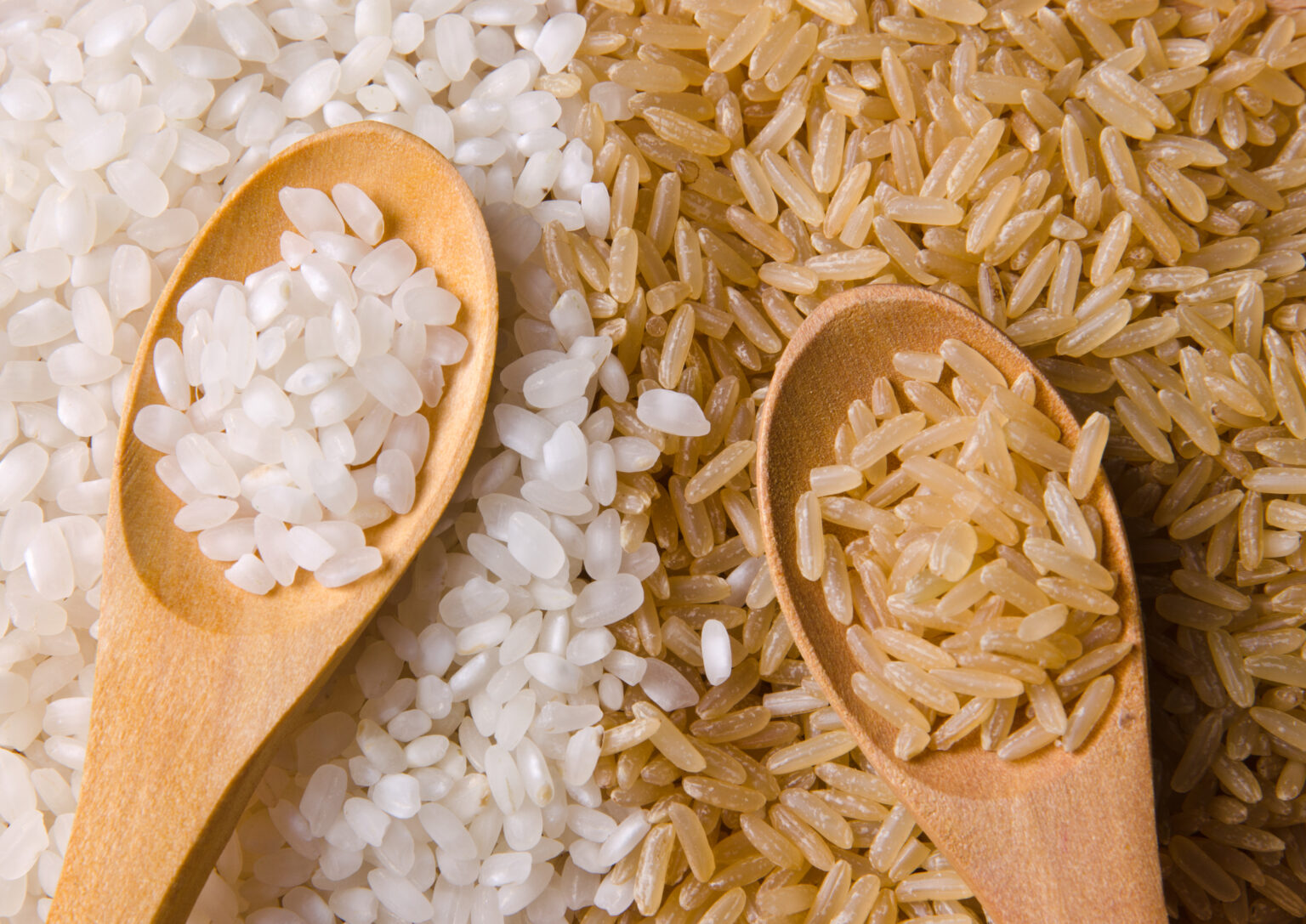If you’re a fan of rice, you’re not alone. This grain has been a dietary staple for thousands of years and is enjoyed by many cultures worldwide. While white rice has been the traditional choice, brown rice has gained popularity in recent years due to its perceived health benefits. But what exactly are these benefits, and how do they compare to white rice?
We’ll explore the nutritional differences between white and brown rice and how they may impact your health. We’ll also address common questions about rice nutrition and help you make informed decisions about your rice choices. So whether you’re ordering takeout or cooking at home, read on to learn more about this versatile grain.

Nutritional Comparison Between White and Brown Rice
When it comes to nutritional value, brown rice is the clear winner over white rice. Here are some key differences between the two:
Brown rice provides a bit more fiber than white rice.
Fiber is an important nutrient that helps regulate digestion and keep you feeling full. Brown rice contains about four times more fiber than white rice. In two-thirds of a cup, brown rice contains about two grams of fiber whereas white rice contains only about 0.5 grams. This means that brown rice is a better choice for people looking to improve their digestive health or manage their weight.
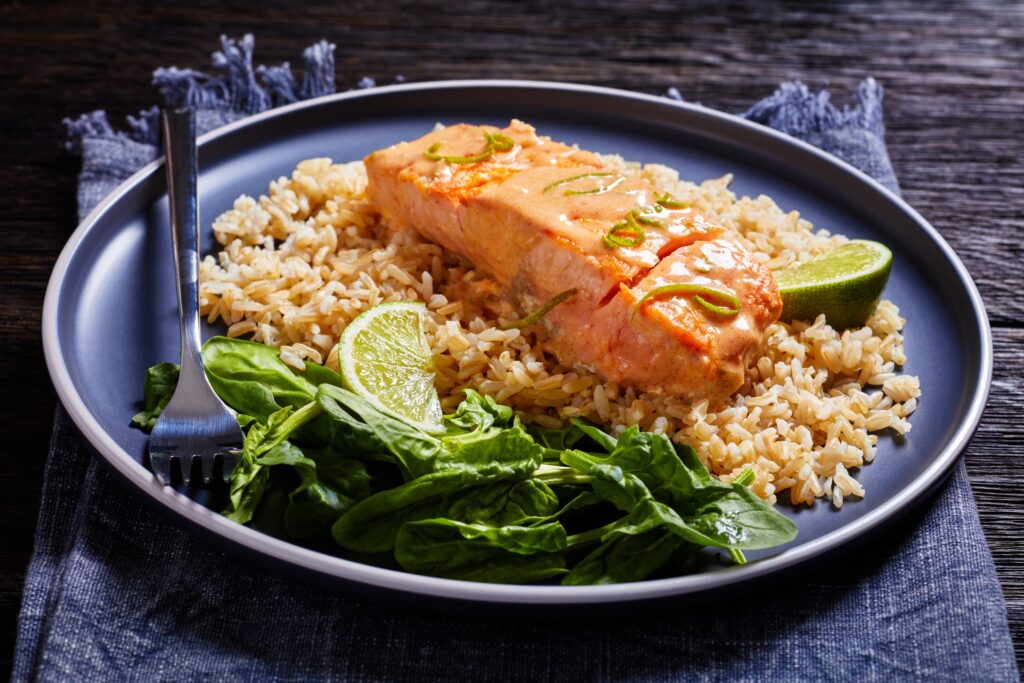
Brown rice contains more vitamins and minerals than white rice.
Brown rice is also richer in vitamins and minerals than white rice. Compared to white rice, brown rice contains more essential minerals like manganese, phosphorus, selenium, and magnesium, along with B-vitamins such as niacin and folate. These nutrients are important for maintaining healthy bones, supporting the immune system, and promoting overall health.
Brown rice offers more plant compounds than white rice.
In addition to its higher fiber and nutrient content, brown rice also contains more plant compounds than white rice. These phytonutrients, such as flavonoids, are important for supporting better gut, bone, heart, immune, and metabolic health. By choosing brown rice over white rice, you can boost your intake of these beneficial plant compounds.
Overall, if you’re looking to improve your diet and overall health, choosing brown rice over white rice is a smart choice. It’s higher in fiber, vitamins, minerals, and plant compounds, making it a more nutritious option for your meals.
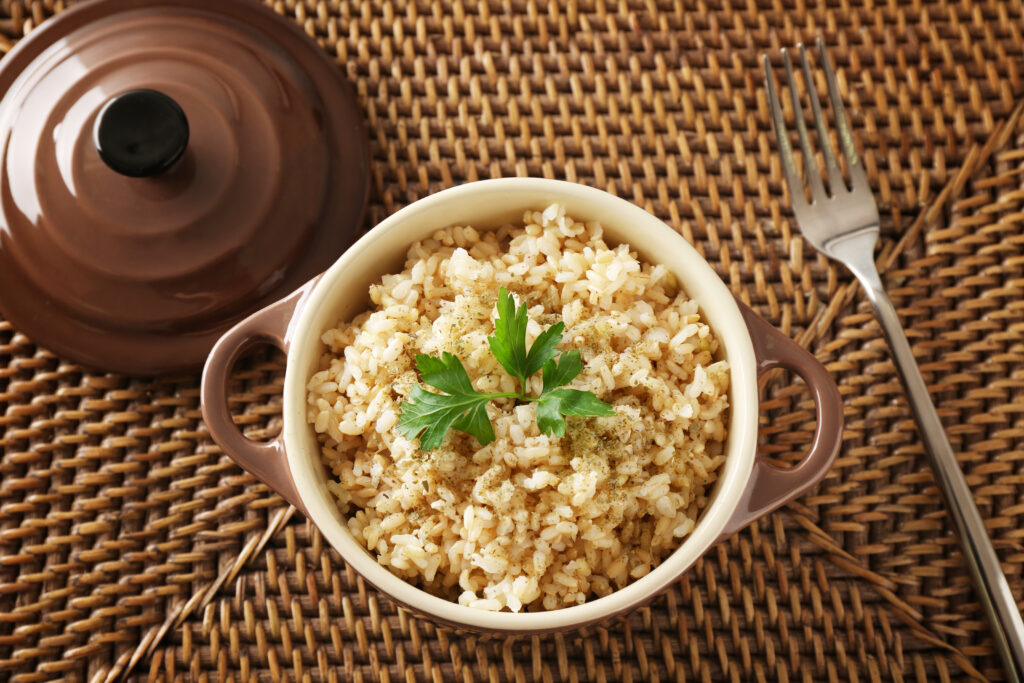
Brown Rice Nutrition and Health Benefits
Brown rice is digested more slowly and produces lower blood-sugar spikes.
If you’re looking for a healthier alternative to white rice, brown rice is a great option. Brown rice is a complex carbohydrate that takes longer to digest than white rice, which is a simple carbohydrate. This slower digestion rate results in more stable energy levels and a gradual rise and decline in sugar levels, making it an ideal choice for those with metabolic concerns like type 2 diabetes.
In addition to being a complex carbohydrate, brown rice is also rich in fiber. This fiber content is beneficial in maintaining bowel regularity, lowering cholesterol levels, and feeding our gut microbiome. The soluble fiber in brown rice is particularly helpful in supporting healthy digestion and gut health.
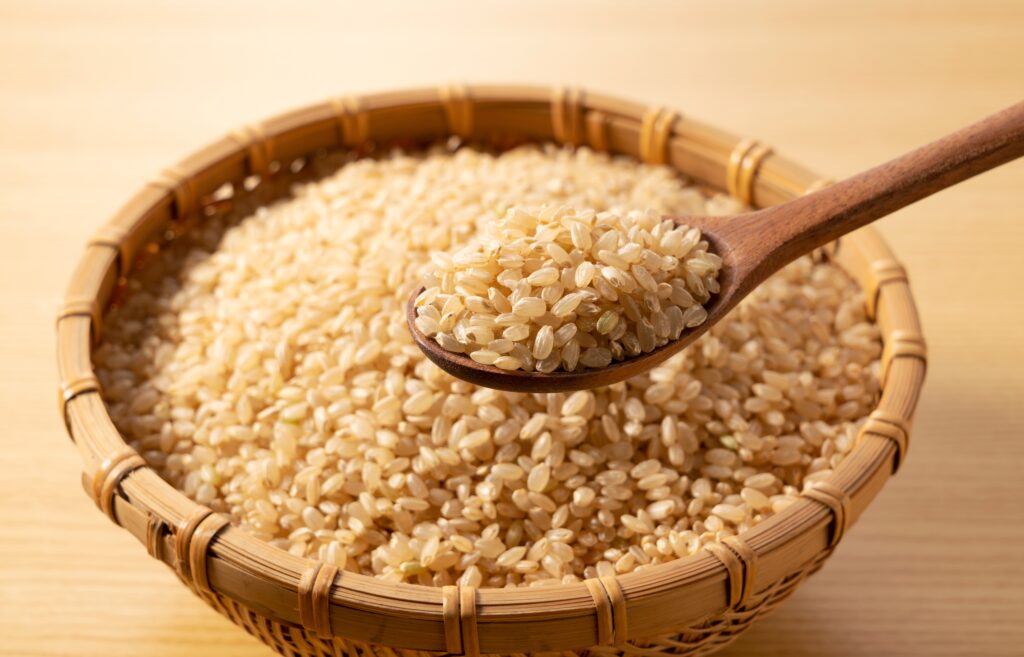
The soluble fiber in brown rice supports a healthy gut and digestion.
The soluble fiber in brown rice is essential for maintaining a healthy gut and digestion. When the microorganisms in the gut microbiome metabolize soluble fiber, they produce short-chain fatty acids that are absorbed by the gut lining. This process begins a cascade of events that are suggested to lower inflammation and oxidative stress throughout the body.
In addition to supporting gut health, a healthy gut microbiome has been linked to better immune, gut, and brain health. So, if you’re looking to improve your overall health and wellbeing, consider incorporating brown rice into your diet as a healthy and nutritious alternative to white rice.
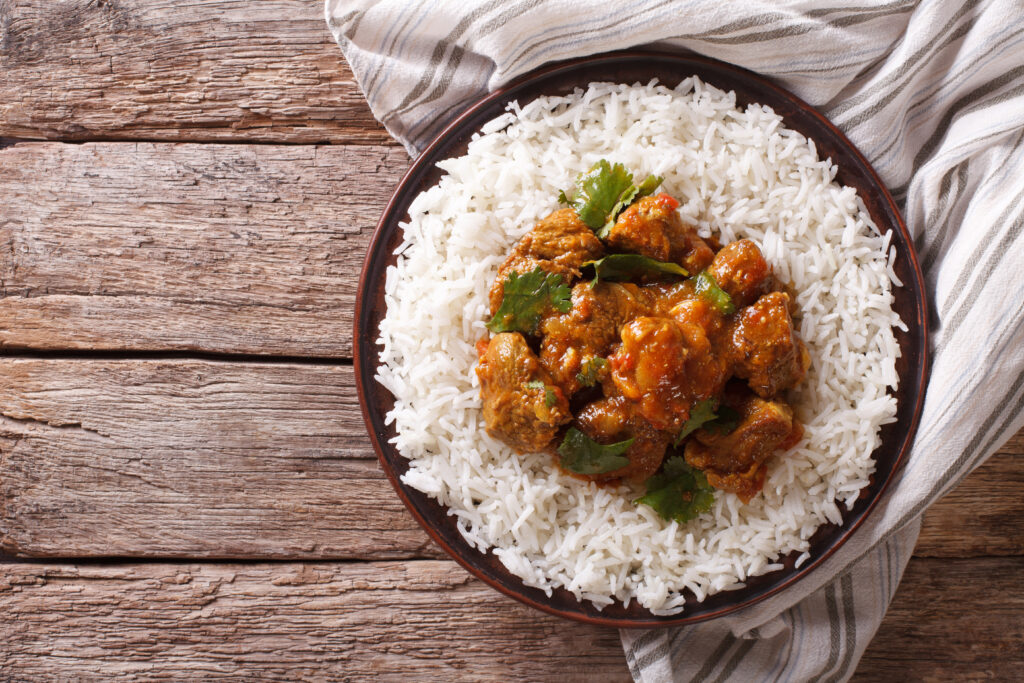
White Rice Nutrition and Health Considerations
White rice is a refined carbohydrate that has a lower fiber and micronutrient content compared to brown rice. This lower fiber content also leads to a higher score on the glycemic index, which measures how quickly a food will elevate blood sugars. White rice has a glycemic index of 70, while brown rice has a glycemic index of 50. Consuming white rice frequently may increase the risk of type 2 diabetes, according to a 2019 review.
Despite these considerations, white rice can still be part of a healthy and balanced diet when accompanied by healthy sources of fiber and protein. Both brown and white rice are naturally gluten-free and low-FODMAP, making them a good carbohydrate option for individuals with celiac disease or those with irritable bowel syndrome (IBS) who are on a temporary elimination diet.
It is important to note that while white rice may not have the same nutritional benefits as brown rice, it can still be a part of a healthy diet when consumed in moderation and in combination with other healthy foods.

Taste and Texture Comparison
When it comes to taste and texture, white rice and brown rice have some notable differences. White rice offers a softer texture and a more neutral, mild taste, while brown rice has a chewier texture and nuttier flavor. Although it may take some time to adjust to the differences, brown rice can be an equally delicious substitute for white rice in most recipes. Here is a quick comparison of the taste and texture of white rice and brown rice:
- White rice: Soft texture, mild taste
- Brown rice: Chewy texture, nutty flavor
Overall, both types of rice are versatile and can be used in a variety of dishes. The choice between the two ultimately comes down to personal preference and the specific recipe.
The Bottom Line
Incorporating brown rice into your diet can provide you with a range of health benefits. Brown rice has more fiber, micronutrients, and plant compounds than white rice. Although white rice can still fit into a healthy diet, substituting it with brown rice every so often can provide you with wholesome benefits.
Both white and brown rice are affordable sources of carbohydrates that can be used in many dishes, such as stir fries, fried rice, sushi, curry, rice and beans, rice pilaf, jambalaya, baked rice, soups, chicken and rice dishes, and stews.
By choosing brown rice over white rice, you can increase your intake of essential nutrients, improve your digestion, and reduce your risk of chronic diseases. So, next time you’re thinking of making a rice dish, consider using brown rice for a healthier option.


